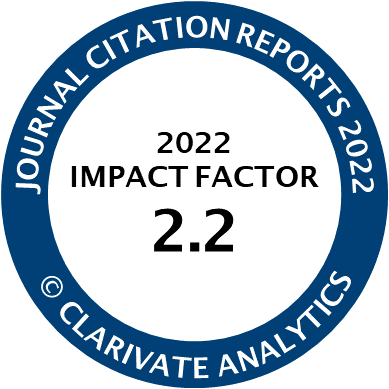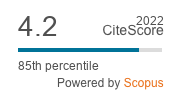Article | Open Access
The Impact of Input Rules and Ballot Options on Voting Error: An Experimental Analysis
| Views: | 2370 | | | Downloads: | 1437 |
Abstract: When election reforms such as Ranked Choice Voting or the Alternative Vote are proposed to replace plurality voting, they offer lengthier instructions, more opportunities for political expression, and more opportunities for mistakes on the ballot. Observational studies of voting error rely on ecological inference from geographically aggregated data. Here we use an experimental approach instead, to examine the effect of two different ballot conditions at the individual level of analysis: the input rules that the voter must use and the number of ballot options presented for the voter’s choice. This experiment randomly assigned three different input rules (single-mark, ranking, and grading) and two different candidate lists (with six and eight candidates) to over 6,000 online respondents in the USA, during the American presidential primary elections in 2020, simulating a single-winner presidential election. With more expressive input rules (ranking and grading), the distinction between minor mistakes and totally invalid votes—a distinction inapplicable to single‐mark ballots (1MB) voting—assumes new importance. Regression analysis indicates that more complicated input rules and more candidates on the ballot did not raise the probability that a voter would cast a void (uncountable) vote, despite raising the probability of at least one violation of voting instructions.
Keywords: American politics; election administration; election reform; Ranked Choice Voting; voting behavior; voting experiments
Published:
Supplementary Files:
© J. S. Maloy, Matthew Ward. This is an open access article distributed under the terms of the Creative Commons Attribution 4.0 license (http://creativecommons.org/licenses/by/4.0), which permits any use, distribution, and reproduction of the work without further permission provided the original author(s) and source are credited.




